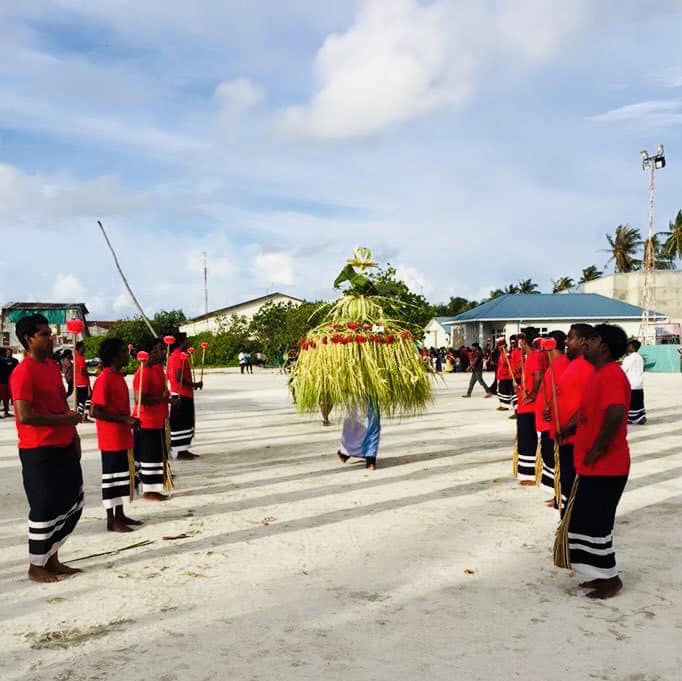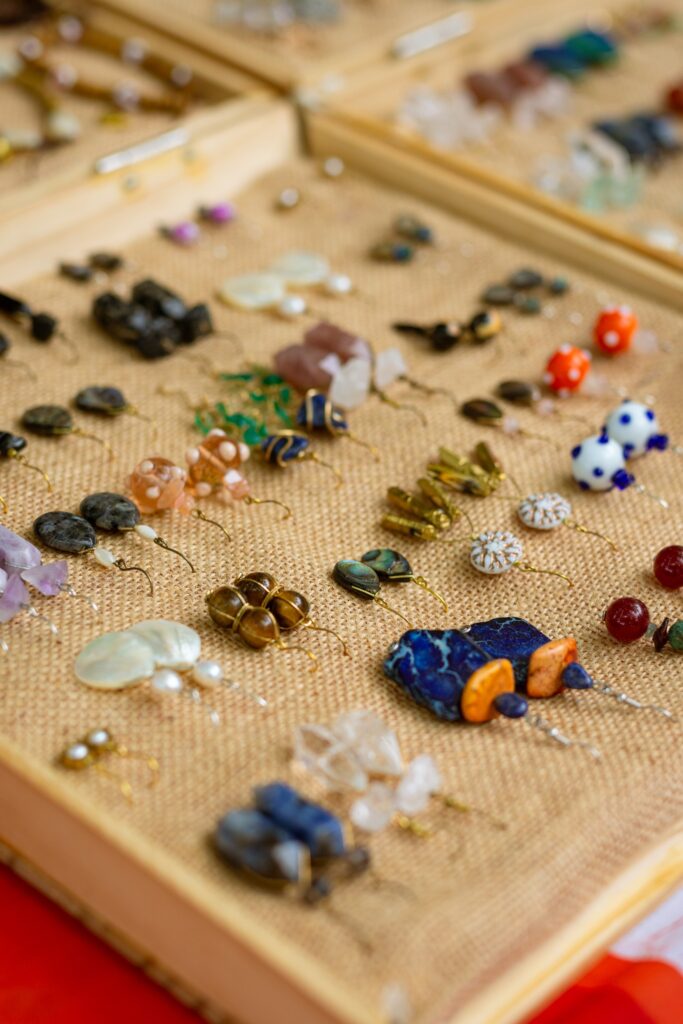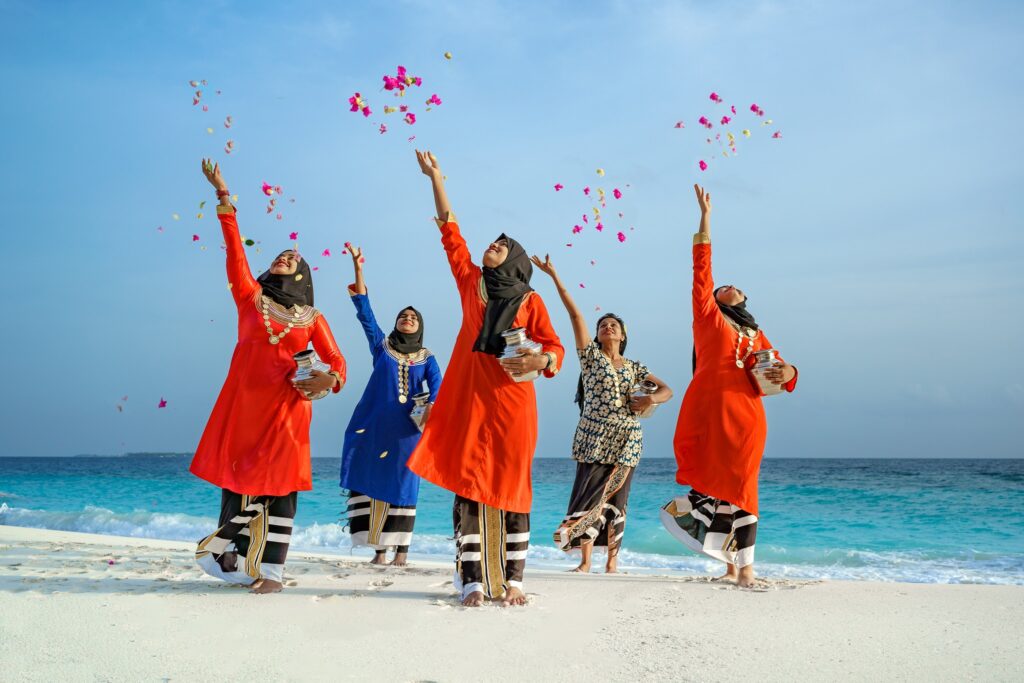Maldives Culture and Lifestyle
The Maldivian way of life blends ancient traditions with modern influences. Throughout history, traders from Arabia, Africa, and South Asia have left their mark on the islands, creating a unique cultural mosaic.
Historical Influences on Maldivian Culture
The Maldives’ strategic location along ancient trade routes has shaped its culture significantly. Arab traders introduced Islam in the 12th century, while South Asian influences can be seen in the language and cuisine. This blend of influences has created a distinct Maldivian identity that sets it apart from other island nations.
The Role of Islam in Shaping Maldivian Society
Today, Islam plays a central role in shaping Maldivian society, influencing everything from daily routines to social norms. The call to prayer echoes across the islands five times a day, and Islamic principles guide many aspects of life, from dress codes to social interactions.
Daily Life in the Maldives
Maldivians live a laid-back island life, where community ties run deep. You’ll often find people gathering for a friendly chat or enjoying a game of bashi (a traditional ball game) on the beach. The warm hospitality of the locals will make you feel right at home. Fishing and tourism form the backbone of the economy, influencing daily routines and social structures.
Maldives Traditions
Maldivian culture comes alive during its many festivals and celebrations. These events showcase the country’s rich heritage and bring communities together in joyful celebration.
Festivals and Celebrations
Islamic Festivals: Eid ul-Fitr and Eid ul-Adha
The two most important Islamic festivals, Eid ul-Fitr and Eid ul-Adha, bring families together for prayers, feasts, and gift-giving. Eid ul-Fitr marks the end of Ramadan with elaborate meals and new clothes, while Eid ul-Adha commemorates the willingness of Prophet Ibrahim to sacrifice his son as an act of obedience to Allah.
National Celebrations: Independence Day and National Day
The country celebrates its independence on July 26th with parades, cultural performances, and patriotic fervor. National Day, commemorating the victory over Portuguese colonizers in 1573, is another significant celebration filled with parades and cultural events.
Traditional Festivals: Bodu Mas and Huravee
Don’t miss the chance to experience Bodu Mas, a traditional harvest festival where islanders showcase their fishing skills and enjoy music and dance. The Huravee festival in the southern atolls features exciting boat races and cultural performances, highlighting the Maldives’ maritime heritage.

Music and Dance in the Maldives
The Maldives boasts unique art forms like the Bodu Beru, an energetic drum performance that will get your feet tapping. This traditional music, accompanied by dancing, often tells stories of island life and legends. Other popular forms include Thaara, a seated dance performance, and Bandiya, a stick dance that showcases agility and rhythm.
Arts and Crafts
Local artisans create beautiful lacquerwork, weave intricate mats, and craft jewelry from coral and shells. These traditional crafts not only serve as beautiful souvenirs but also play a crucial role in preserving Maldivian heritage. The intricate patterns on lacquerware often depict marine life, reflecting the islands’ close connection to the sea.

Maldives Culture Dress
Traditional Maldivian attire reflects the country’s tropical climate and Islamic values, creating a unique style that’s both practical and culturally significant.

Traditional Attire for Men and Women
Men often wear a sarong-like garment called a feyli, paired with a shirt. The feyli is typically plain or features subtle patterns. Women don colorful libaas, long dresses adorned with intricate embroidery. These dresses often feature bold patterns and are paired with a matching headscarf or foshi.
Evolution of Maldivian Fashion
While Western-style clothing has become popular in recent years, especially in urban areas, many Maldivians still wear traditional outfits for special occasions and festivals. Modern interpretations of traditional dress blend contemporary styles with classic Maldivian elements, creating a unique fusion of old and new.
Ceremonial and Festival Clothing
For special occasions like weddings and religious festivals, Maldivians wear their finest traditional attire. Men might don a more formal version of the feyli with a matching jacket, while women wear elaborately embroidered libaas in vibrant colors. These outfits often feature gold or silver thread work, showcasing the wearer’s status and the importance of the event.
Maldives Traditional Food
Maldivian cuisine will tantalize your taste buds with its unique flavors, reflecting the country’s island nature and cultural influences.
Staple Ingredients in Maldivian Cuisine
Fish, coconut, and rice form the cornerstone of most dishes. The abundance of tuna in Maldivian waters makes it a key ingredient in many recipes. Coconut, used in various forms (grated, milk, oil), adds richness and flavor to both savory and sweet dishes.
Popular Maldivian Dishes
Try the national dish, garudhiya, a tasty fish soup served with lime, chili, and rice. Other must-try delicacies include mas huni (a breakfast dish of shredded smoked tuna, coconut, and chili) and hedhikaa (savory snacks perfect for afternoon tea). The Maldivian love for tuna shines through in many dishes, showcasing the country’s strong connection to the sea.

Culinary Influences and Fusion
Maldivian cuisine has been influenced by its South Asian neighbors, particularly Indian and Sri Lankan cooking. This influence is evident in the use of curry leaves, chili, and various spices. In recent years, international cuisines have also made their mark, leading to interesting fusion dishes that blend local flavors with global culinary trends.
Language in the Maldives
The linguistic landscape of the Maldives is as unique as its culture, reflecting the nation’s history and contemporary influences.
Dhivehi: The National Language
Dhivehi, the national language of the Maldives, has roots in Sanskrit and borrows words from Arabic, Hindi, and English. Its unique script, called Thaana, reads from right to left. Dhivehi has several dialects, with slight variations between the northern and southern atolls.
Influence of Other Languages
While Dhivehi remains the primary language, English is widely spoken, especially in the tourism industry. You might also hear Hindi and Tamil in some areas, reflecting the diverse workforce in the country. This linguistic diversity adds another layer to the Maldives’ cultural richness.
Maldivian Literature and Oral Traditions
Maldivian literature, though lesser-known globally, includes a rich tradition of poetry, folklore, and historical chronicles. The oral tradition of storytelling remains strong, with tales of sea adventures and mythical creatures passed down through generations. Contemporary Maldivian writers are now gaining recognition, bridging traditional storytelling with modern narratives.
Maldivian Culture in the Modern World
As the Maldives navigates the 21st century, it faces both opportunities and challenges in preserving its cultural identity.
Balancing Tradition and Modernity
As tourism booms in the Maldives, the country faces the challenge of preserving its cultural identity while embracing modernity. Many resorts now offer cultural experiences, allowing visitors to engage with local traditions. This cultural tourism helps maintain traditional practices while providing economic opportunities.
The Impact of Tourism on Maldivian Culture
Tourism has brought significant changes to the Maldives, introducing new ideas and lifestyles. While this has led to economic growth, it also poses challenges to traditional ways of life. The government and local communities are working to strike a balance, promoting sustainable tourism that respects and preserves Maldivian culture.
Cultural Conservation and Educational Initiatives
Efforts to conserve Maldivian heritage include cultural centers, museums, and educational programs that teach young Maldivians about their roots. These initiatives aim to ensure that the unique Maldivian way of life continues to thrive in the face of global influences. Digital platforms are also being used to document and share Maldivian cultural practices, making them accessible to a wider audience.
From its mouth-watering cuisine to its heartwarming traditions, Maldivian culture offers a window into a truly special island nation. Next time you visit the Maldives, take a moment to look beyond the beautiful beaches and discover the rich tapestry of Maldivian culture that makes these islands truly extraordinary.
FAQs
What is the culture of the Maldives?
Maldivian culture is a unique blend of South Asian, Arab, and African influences, shaped by its island geography and Islamic faith. It’s characterized by strong family ties, traditional arts and crafts, vibrant festivals, and a laid-back island lifestyle. The culture emphasizes hospitality, respect for elders, and a close connection to the sea.
What are the cultural works of Maldives?
Cultural works in the Maldives include traditional music and dance forms like Bodu Beru (big drum) performances, intricate lacquerwork, mat weaving, and coral carving. The country also has a rich tradition of oral storytelling and poetry. Contemporary Maldivian art, literature, and film are gaining recognition, often blending traditional themes with modern expressions.
What is the food and culture in Maldives?
Maldivian cuisine is centered around fish (especially tuna), coconut, and rice. Popular dishes include mas huni (shredded smoked fish with coconut), garudhiya (fish soup), and various curries. The food culture emphasizes communal eating and the use of fresh, local ingredients. Meals are often accompanied by traditional drinks like raa (toddy tapped from palm trees).
What is Maldives best known for?
The Maldives is best known for its stunning natural beauty, featuring pristine white-sand beaches, crystal-clear turquoise waters, and vibrant coral reefs. It’s a popular luxury tourism destination, famous for its overwater bungalows and world-class diving and snorkeling opportunities. The country is also known for its unique geography as a nation of atolls and its efforts in environmental conservation.
What are 5 interesting facts about the Maldives?
1. The Maldives is the world’s lowest-lying country, with an average ground level of just 1.5 meters above sea level.
2. It’s the smallest Asian country by both land area and population.
3. The country consists of 26 natural atolls comprising 1,192 coral islands.
4. The Maldives was the first country to hold an underwater cabinet meeting to highlight the threat of global warming.
5. Traditional Maldivian houses were built using coral stone as the primary construction material.
What is the cultural celebration of the Maldives?
The Maldives celebrates various cultural festivals throughout the year. Key celebrations include Eid ul-Fitr and Eid ul-Adha (Islamic festivals), Independence Day (July 26), and Republic Day (November 11). Traditional festivals like Bodu Mas (Big Fish) celebrate the island’s fishing heritage. The Prophet Muhammad’s birthday is also widely celebrated.
What language is spoken in Maldives?
The official language of the Maldives is Dhivehi, an Indo-Aryan language related to Sinhala. It has its own unique script called Thaana. English is widely spoken, especially in the tourism industry and government offices. Some islands also speak variations of Dhivehi known as Mulaku bas.
What is the main religion in Maldives?
Islam is the state religion of the Maldives, and it plays a central role in Maldivian culture and daily life. The country is a 100% Sunni Muslim nation by law. Islamic principles guide many aspects of social norms, governance, and personal conduct in the Maldives.
What is the traditional dress of Maldives?
Traditional Maldivian dress for women is the libaas, a long dress with intricate embroidery, often worn with a matching headscarf called foshi. Men traditionally wear a sarong-like garment called feyli, paired with a shirt. For formal occasions, men might wear a black suit with a white shirt and tie. While Western-style clothing is common in daily life, especially in urban areas, traditional attire is still worn for special occasions and cultural events.